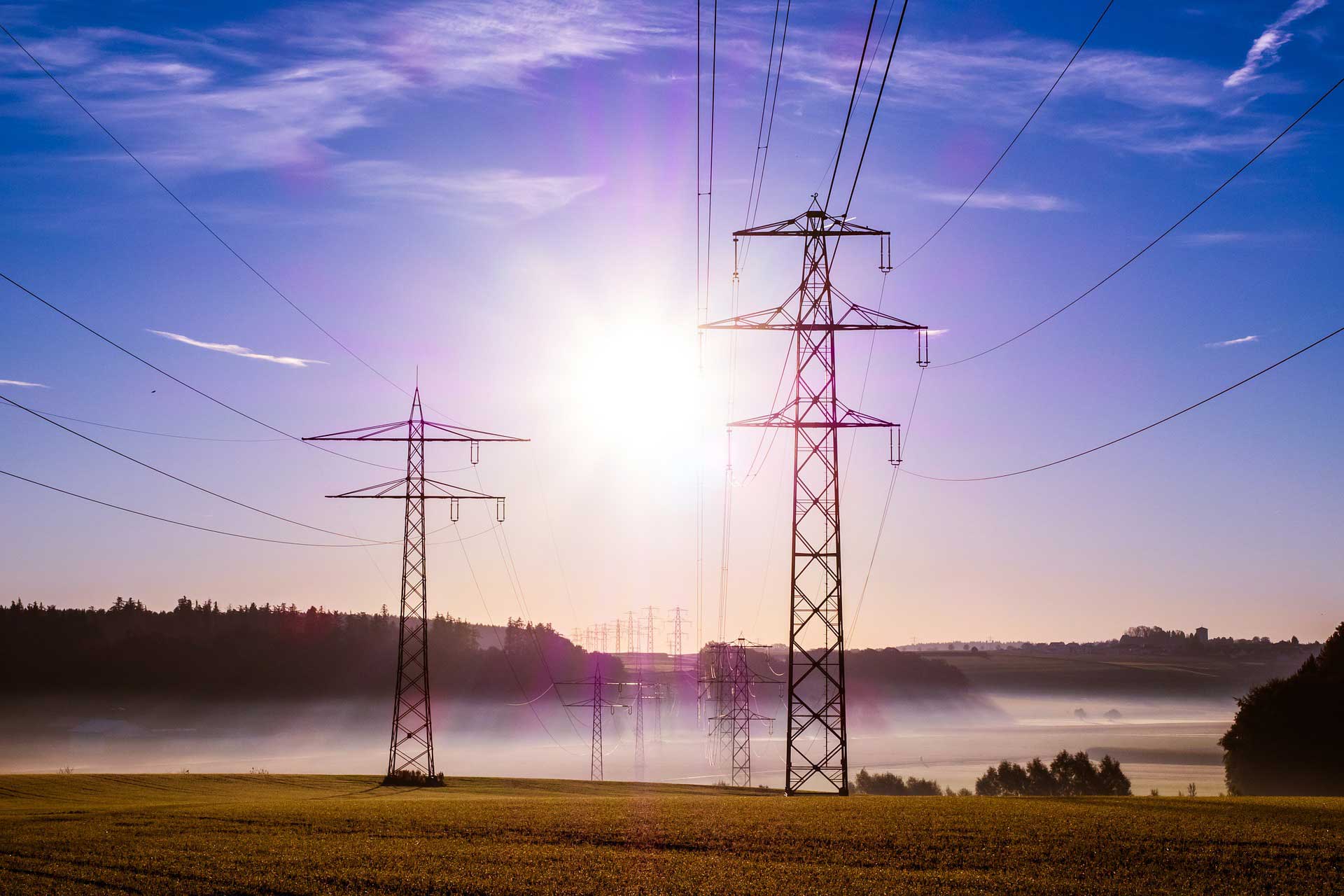
16 Aug Power Line Inspection
Power line Inspection With Drones Create Faster Fixes
Energy companies have long been helping with connect people with electricity. Even today, with so much technology in place, electrical components are incredibly important. But what happens when they go down? A power line could drop, causing an incredible disruption for a community. Crews can be dispatched to these areas, and within time, a patch could be isolated and worked with. however, this requires a certain set of risks involved with progression. You’re going to find that to create a fix, crews have to literally scale poles, turn off electric grids, and then reset them for safety, etc. These are difficult to manage, and experts have to work within parameters that not only help fix electrical components, but also provide safety measures of people that are doing the work. Drones are making it a bit faster, easier, and safer to fix electrical solutions, and if you aren’t aware of them, you may want to look at how they are changing things for electrical companies of all shapes and sizes.
An Aerial View of Problems
When a transformer blows, wires are severed, and there’s a problem overall, crews are dispatched to fix them. But with the launch of a solid drone, you will be able to take advantage of a birds eye view of what is going on. Aerial views can help see things from the sky, and locate problem areas, pinpoint breaking points, stress points, and severed connections. These are interesting because crews won’t have to climb up to inspect, instead, they will know what is needed ahead of time, and will have the right equipment when they arrive to fix damaged, and otherwise broken wires, and transformers.
Safety Is Paramount
Taking a step back from just fixing things, you’ll find that safety becomes a substantial solution that comes with drones. Drones can help with safety measurements because they give closer views of damaged components that could be dangerous to handle. Not only that, today’s drones have high definition cameras, stream digital video, record images, and much more. Because crews have to deal with powerful electrical components, safety measures are made easier with the use of camera equipment, etc.
The Standard Is Changing
Electrical companies are changing their standards all the time. The current standards for safety, inspection, and fixing is starting to work with modern options. The most modern of solutions today hinges on using drones, and create faster fixes than with normal solutions. As more energy companies start using drones, the industry standards will have to change, and early adoption is critical for the future of this type of work.
There are a lot of drone options that are available, but in the case of using them to work with powerline inspection, specific models and expertise needs to be considered. Electrical grids can push energy back against the drone, and could cause problems for the feeds, which is why selecting the right drone becomes important within this category.
Inspecting power lines becomes easier to manage with the assistance of drone technology, simple as that.
Types of Power Line Inspections
Corridor Mapping
Corona Detection
Substation Static Line Inspection
Intermittent Power
- Drones enable collecting the needed data for identifying and mitigating risks in power distribution in advance
- Greatly reduce man hours and costs by automating inspections, saving 30 – 50% of the cost and time when using drones to conduct power line inspection.
- Assess the condition and orientation of all components of cell towers with no need for workers to ascend to height
- Inspections are drone from a safe distance while increasing efficiency due to data accuracy and reliability with real-time images, video feed, and zoom/thermal/4k capabilities can be transmitted to a ground control station.
- Thermal and LIDAR can be used to aid in inspecting and monitoring the corridor for power lines and towers
- Higher-resolution visual inspections than ground-based inspections
- Towers remain functional during inspection
Inspecting Power Lines with LIDAR
- Ideal for corridor mapping as linear assets can be intimately traced
- Drone can follow corridor routes ensuring efficiency in speed of data capture
- Low height and slow flying speed delivers engineering-grade levels of accuracy for use in the detailed design
RFID Asset Management
- Decrease data collection time
- Reduce or eliminate human data entry errors Improve asset inventory quality
- Diminish cycle time
- Reduce repeated site visits
- Improve accuracy of assets
- Customizable API with 98 % suitability with established CRM or depository
This includes assets in warehouses, picked up by contractors, in technicians’ trucks, deployed at sites, decommissioned, identify assets for resale and reduce capital assets.
Implementation of Inspection
- A brief accountability of the assets.
- Methodology is created that focuses on safety and productivity.
- During a study of existing transmission lines EspecDrones and Coutts will provide condition of assets which will be used to create inspection plans.
- Each system is broken down and SOP’s are developed specific to each system.
- Emergency procedures are put in place and pilots are trained with these SOPs in mind.
- Any infrastructure reporting that currently existed is modified and fitted to allow UAS data to flow into it.
- Data processing plans are integrated into the inspection workflow and data management is set up with the companies backend data management system or Enterprise Asset Management (EAM) system.

